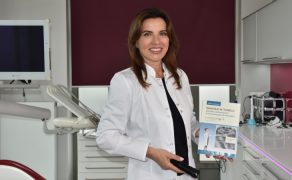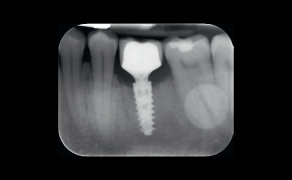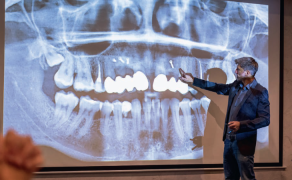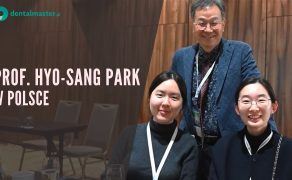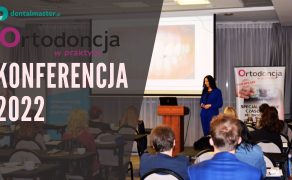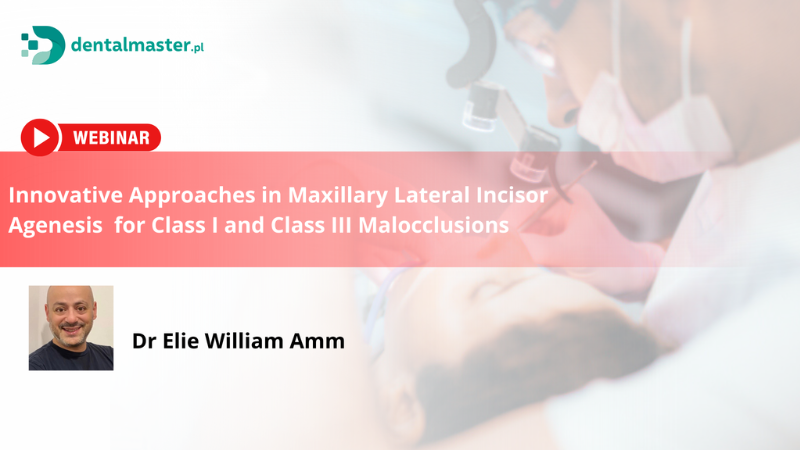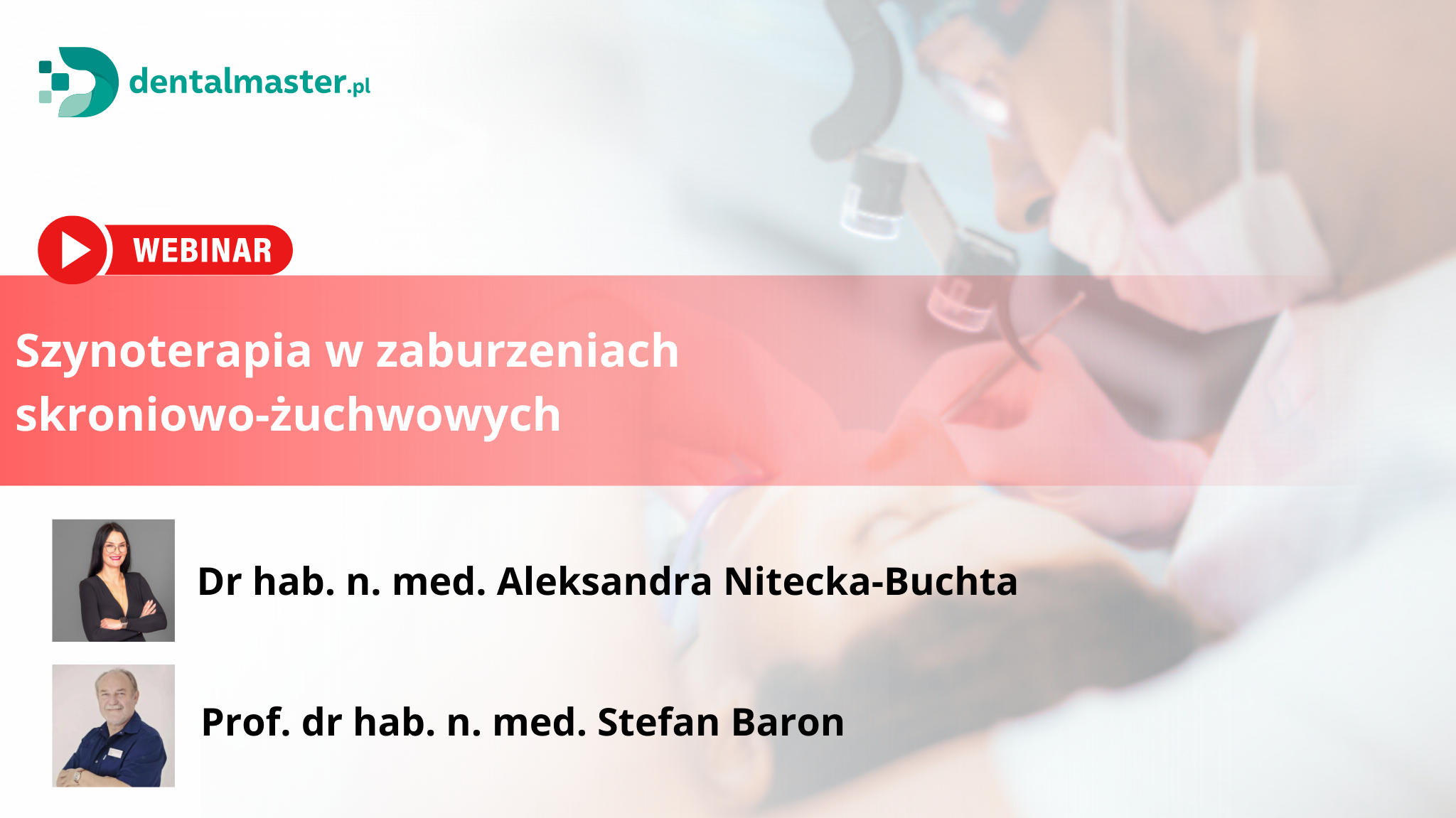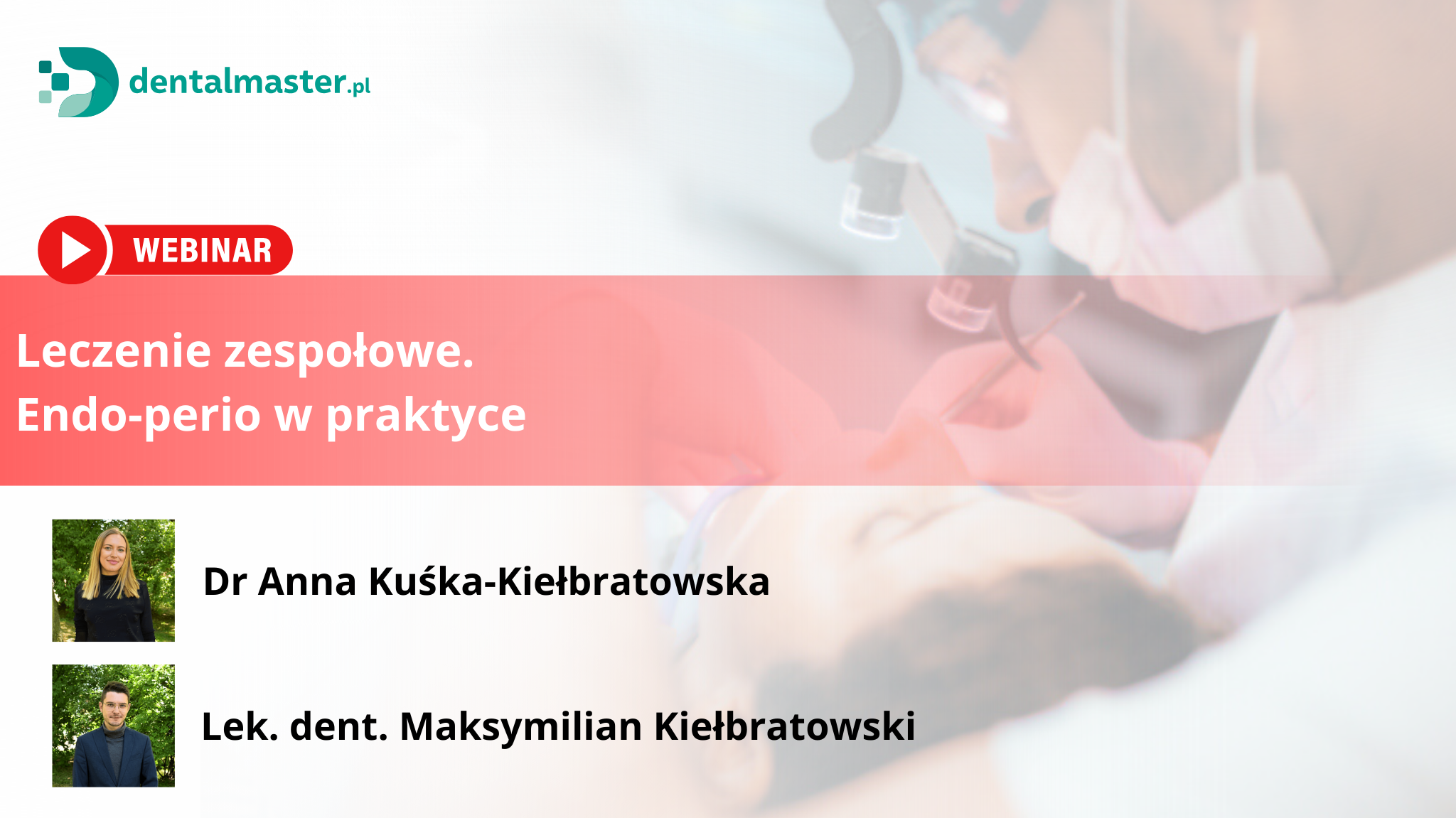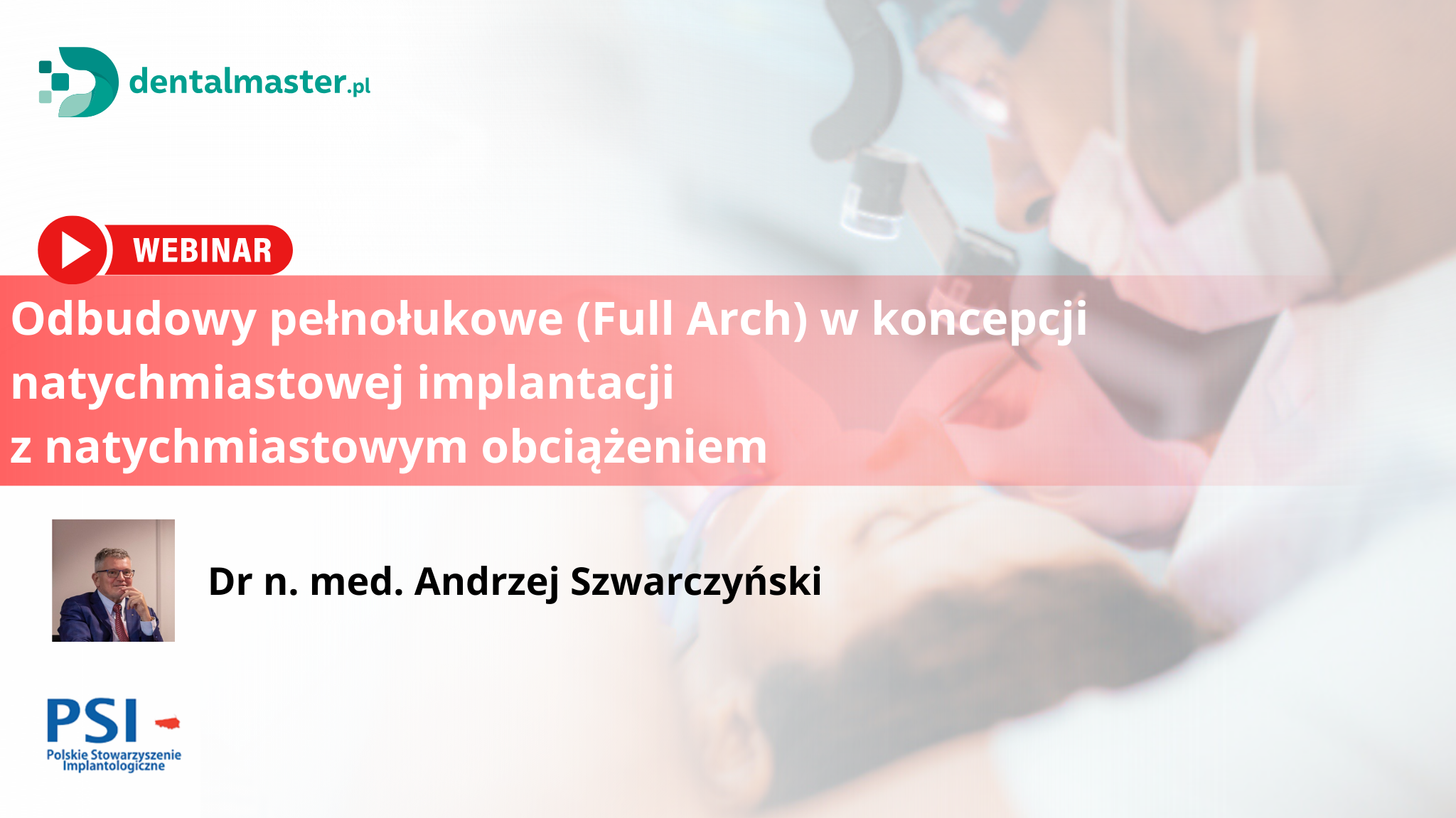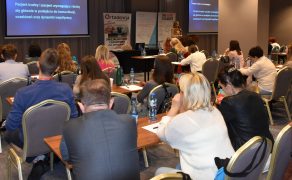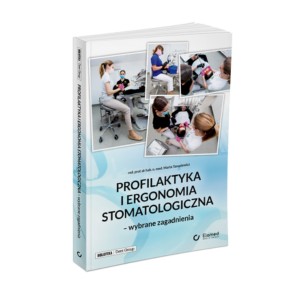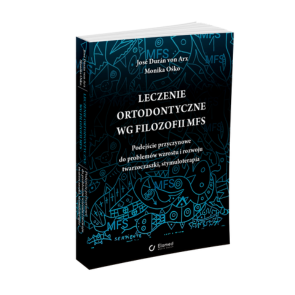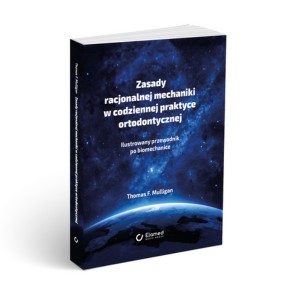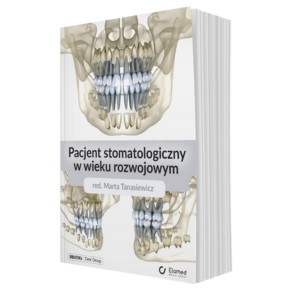Czynniki wpływające na niepowodzenie leczenia endodontycznego w praktykach stomatologów ogólnych w Japonii
In six patients with open apices requiring apicoectomy and tooth extraction after endodontic treatment, symptoms were not relieved by setting an appropriate working length and intra-canal cleaning. Extraradicular biofilms may have been associated with persistent symptoms in these patients. Previously we found, using morphologic and genetic analyses, that biofilms are formed in extraradicular areas in teeth with refractory periapical periodontitis, and proposed that extraradicular biofilms developing from the root canal via an apical foramen attach to the cementum around the root apex [13, 14]. Furthermore, we reported that the bacterial species detected from extraradicular biofilms were also detected from the root canal in the same teeth at a prevalence of 86.7% [14]. That result suggests that bacteria that remain in the root canal may become a source for extraradicular biofilms and open apices could encourage formation of extraradicular biofilms through the apical foramen.
Most cases of failed endodontic treatment by Japanese GPs were compromised by factors other than extraradicular biofilms. Therefore, to increase the chances of successful treatment, dissemination of educational endodontic programs with use of modern devices such as CBCT and DOPs for Japanese GPs and improvement in the environment to practice endodontic methods are desired.
Furthermore, regenerative endodontics (in which the aim is replacement of damaged pulp tissue with viable tissue) is attracting attention. It has been defined as „biologically-based procedures designed to physiologically replace damaged tooth structures, including dentin and root structures, [...]

którzy są subskrybentami naszego portalu.
i ciesz się dostępem do bazy merytorycznej wiedzy!



